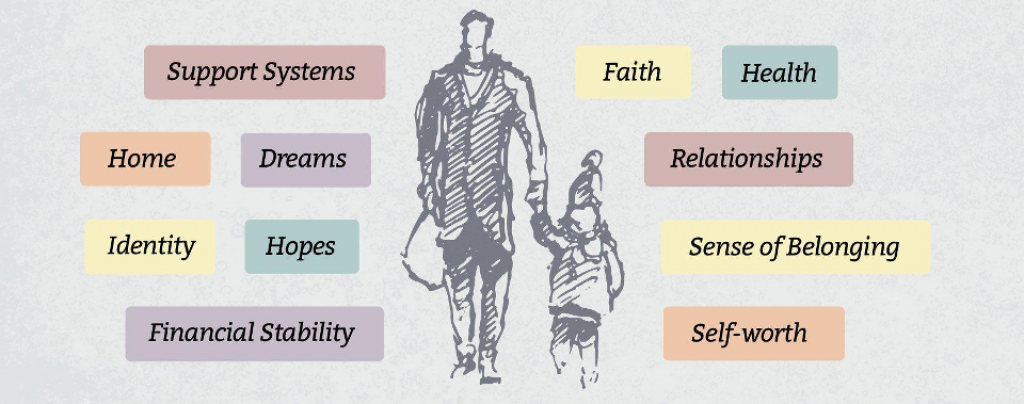Secondary losses

“Secondary” means that these losses come as a result of the first, not that they are any less impactful or less difficult. Secondary losses can unfold over time or become apparent in the immediate aftermath of the death. Secondary losses are a normal part of grief, and identifying and acknowledging them can often be the first step in grieving them.
Secondary losses are kind of the double whammy of grief. Which is, there's a death event, and then there may be a change in financial resources of the family. The father or the mother was the main breadwinner, and the loss of that income causes homelessness or food instability or creates a space where the family has to move out of the home. And, typically, because we've been taught to think about grief just as death-oriented, we don't factor in the impact that those secondary losses can have on a young person or on a family. And oftentimes, when a family does come into support services, they actually spend more time talking about those secondary losses than they do about the actual death event or the loss of their loved one, because those become the emergent needs. "We don't have food," or "we're losing our home because of the loss of our loved one," and that's actually the crisis."
 Follow the Nudge
Follow the Nudge